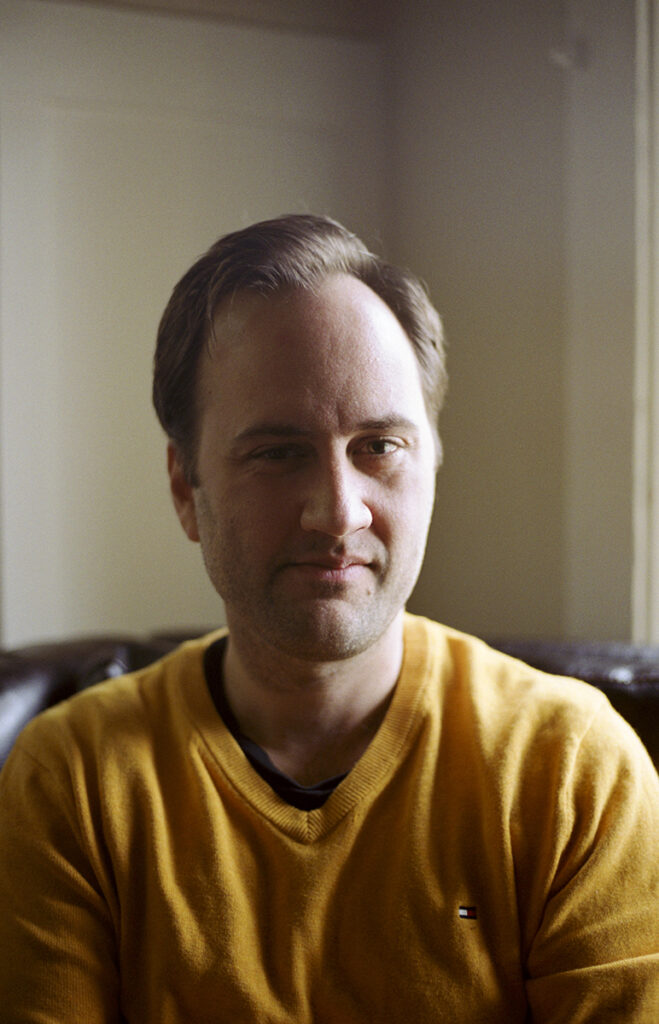
This week marked the official start of our VineBalance update project, which was awarded to Chris Serra, Executive Director of LIVE. Chris is a great fit for this project with 14 years of experience leading an internationally recognized third-party certification in sustainable winegrowing for Oregon, Washington, and Idaho. Chris consulted on the development of Long Island Sustainable Winegrowing (LISW) and has been instrumental in providing guidance on other certification efforts, including one for the Great Lakes. “I am thrilled and honored that I will work to help New York’s wine industry with this important endeavor,” said Chris. Chris will work closely with our Sustainability Program Manager, Whitney Beaman, and our Grower Advisory Committee to update the VineBalance workbook with the latest best practices and university research in sustainable winegrowing.
Background Information
The New York Wine & Grape Foundation (NYWGF) was created by the State of New York in 1985 as a private, non-profit organization. The enabling legislation established a financing mechanism for promotion and research, providing the industry with both short-term assistance and the potential for long-term viability. NYWGF’s programs are developed by a 21-member Board of Directors in consultation with other representatives from industry and state government. The activities carried out by NYWGF are designed to support all uses of New York-grown grapes from all regions of the state. The mission of the NYWGF (updated in February 2018) is to “promote the world-class image of New York grapes and wines from our diverse regions to responsibly benefit farmers, producers and consumers through innovative marketing, research, communication, and advocacy.” The vision of the NYWGF (updated in February 2018) is “to be the world’s premier region for cool and cold climate viticulture.”
New York’s grape growers face several challenges to premium wine and grape production, including cool temperatures, heavy rains and high humidity. These factors increase the cost and complexity of vineyard management. New York’s Finger Lakes face environmental degradation from land-use management practices that pollute adjacent and downstream waterways. Sustainable vineyard practices are widely regarded as essential to reduce environmental impact and improve the quality of wine in the Finger Lakes region and beyond.
In 2007, a statewide working group completed development of VineBalance: New York Guide to Sustainable Viticulture Practices. This workbook established the initial guidance criteria for producers to self-assess the sustainability of vineyard operations. However, the standards are over a decade old and in need of updating.
